Matthew and Mark both tell the story of Jesus healing the daughter of a Gentile woman in one of the cities of Syrophoenicia on the Palestinian coast:
“And … he arose and went away to the region of Tyre and Sidon. And he entered a house and did not want anyone to know, yet he could not be hidden. But immediately a woman whose little daughter had an unclean spirit heard of him and came and fell down at his feet. Now the woman was a Gentile, a Syrophoenician by birth. And she begged him to cast the demon out of her daughter. And he said to her, ‘Let the children be fed first, for it is not right to take the children's bread and throw it to the dogs.’ But she answered him, ‘Yes, Lord; yet even the dogs under the table eat the children's crumbs.’ And he said to her, ‘For this statement you may go your way; the demon has left your daughter.’ And she went home and found the child lying in bed and the demon gone” (Mark 7:24-30 ESV, and see Matthew 15:21-28).
Mark makes it very clear that the woman was a Gentile, a Syrophoenician (the NIV calls her “Greek” because the Jews referred to all non-Jews as “Greeks”), and seems to also stress her gender – putting her at a double disadvantage as a member of an ethnic group and gender looked down upon by many ancient Jews who often used the term ”dogs” of Gentiles as impure according to God’s Law. We should remember that religious Jews did not like to be approached in conversation by Gentiles and particularly by women. The woman’s approach to Jesus is all the more remarkable as she clearly knew about Jewish culture.
Jesus apparently rebuffed her at first, saying: “I was sent only to the lost sheep of Israel” (Matthew 15:24), and, when she persisted, “Let the children be fed first, for it is not right to take the children's bread and throw it to the dogs.” This led to the woman’s amazing reply in pleading that even the dogs were able to pick up crumbs under the children’s table, for which words Christ rewarded her with the healing of her daughter.
Reading this account superficially, Jesus’ reaction to the woman, effectively referring to her as a “dog,” seems harsh and out of character, but we should consider two things. Instead of the Greek word kinos “dogs,” Mark actually uses the word kinaria – the diminutive form used of “little dogs” or “puppies.” This considerably softens the tone of Jesus’ words, though the implication is still there, kindly worded or not. We can only presume then, that Jesus’ words were meant not to disparage the woman but to see the extent of her humility and faith. This is a meaningful possibility to keep in mind, because Jesus’ reaction was immediate and full as soon as the woman replied in such a way to indicate her humble acceptance of his words and her faith in him despite any insult she might have perceived.
If this was the case, the lesson for us is obvious. Whenever we are faced with difficulties and trials that we need to take before God, we should remember that it is possible to approach him with both accepting reverence and persistence (see also Jesus’s parable on the importunate widow, Luke 18:1-8). The example of the Syrophoenician woman shows us that our faith must be willing to humbly accept the present answer, but we should also be unafraid to persist in asking God’s favor.
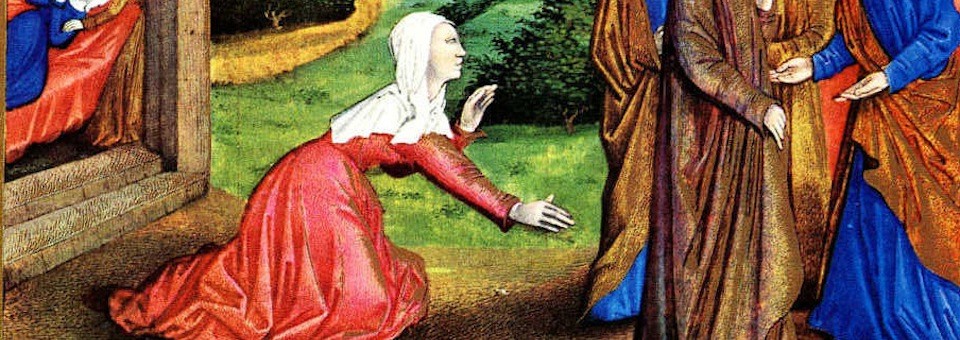

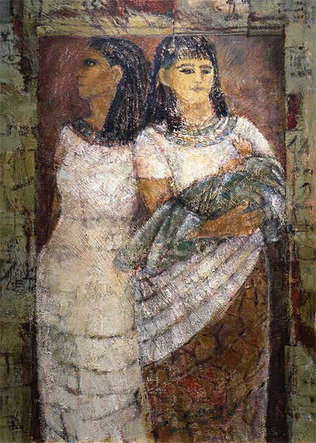
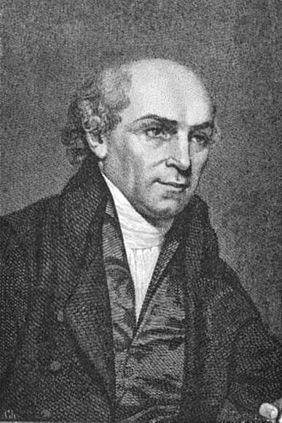

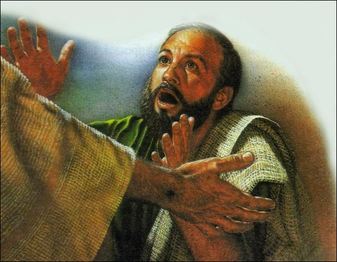
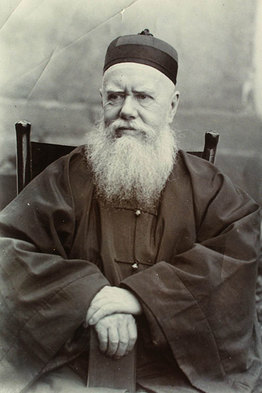
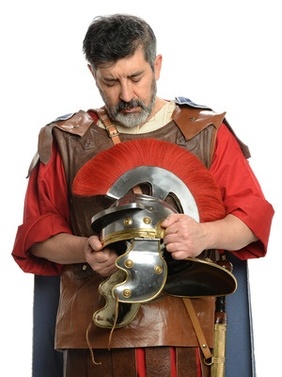
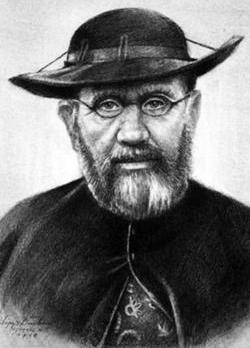
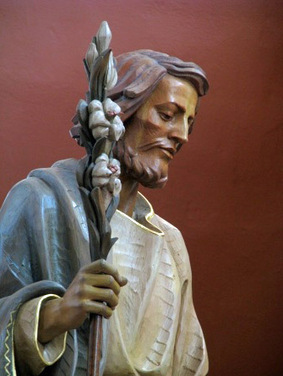
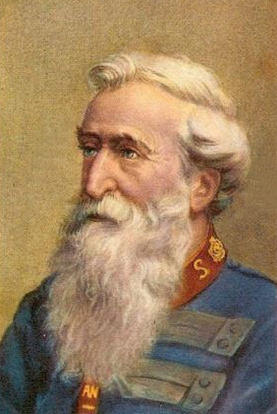
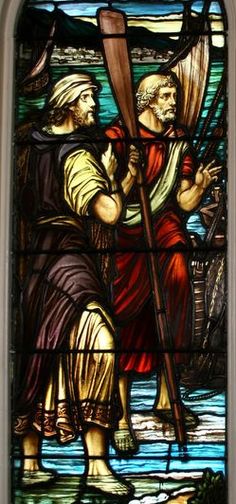
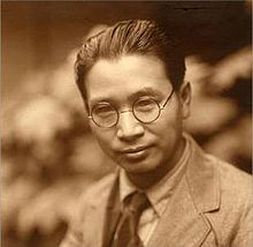
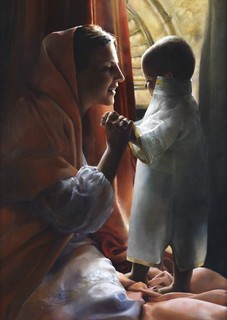
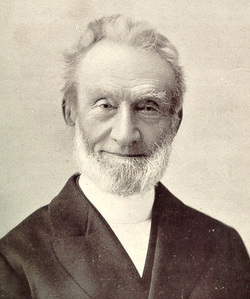
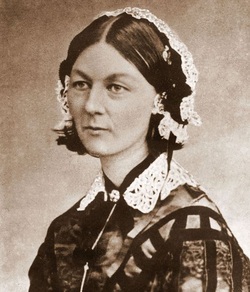
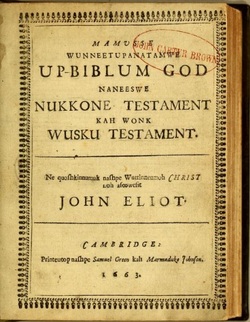
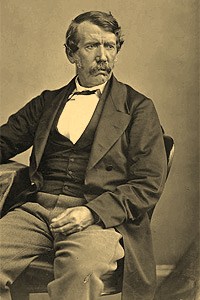


 RSS Feed
RSS Feed
